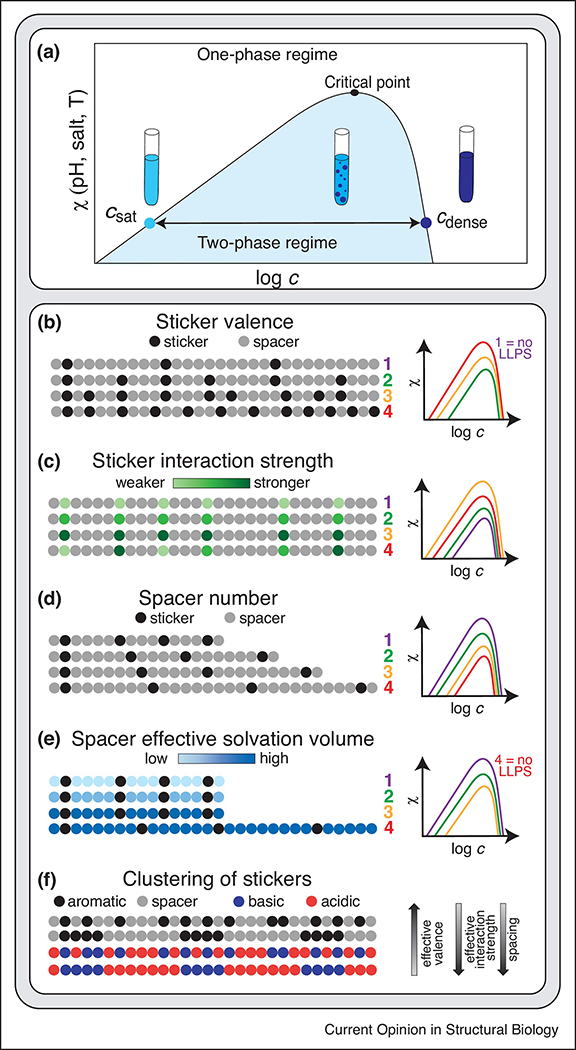Figure 2. Sticker valence, interaction strength and patterning, and spacer properties determine biomolecule phase behavior.
(A) The schematic phase diagram shows the coexistence curve for a biomolecule as a function of interaction parameter χ, which can, e.g., be modulated by temperature, pH and salt concentration. As the coexistence curve is crossed and the biomolecule enters the two-phase regime, the biomolecule undergoes LLPS and forms a dilute and a dense phase, whose concentrations are given by the left and right arms of the coexistence curve, i.e., csat and cdense. The zenith of the curve is the critical point beyond which no phase separation occurs. Increasing the driving forces for phase separation will result in a widening of the two-phase regime and an increase in the position of the critical point. (B) The sticker valence determines the driving force for LLPS. Increasing the sticker valence increases the driving force for phase separation; too few stickers results in the absence of a two-phase regime. (C) Increasing the sticker interaction strength increases the driving force for LLPS. (D) Increasing the number of spacers between the stickers decreases the driving force for phase separation by reducing the cooperativity of sticker-sticker interactions. (E) The effective solvation volume of spacers determines whether the formation of three-dimensional networks is coupled to a density transition, i.e., LLPS. In the case of well-solvated spacers, stickers can mediate the formation of a system-spanning network even in the absence of LLPS. (F) Clustering of stickers alters multiple properties of the biomolecule simultaneously. It decreases the effective valence of the system, increases the effective interaction strength of the stickers and increases the spacing between the stickers. In the case of aromatic stickers, clustering can promote amorphous aggregation over LLPS.

